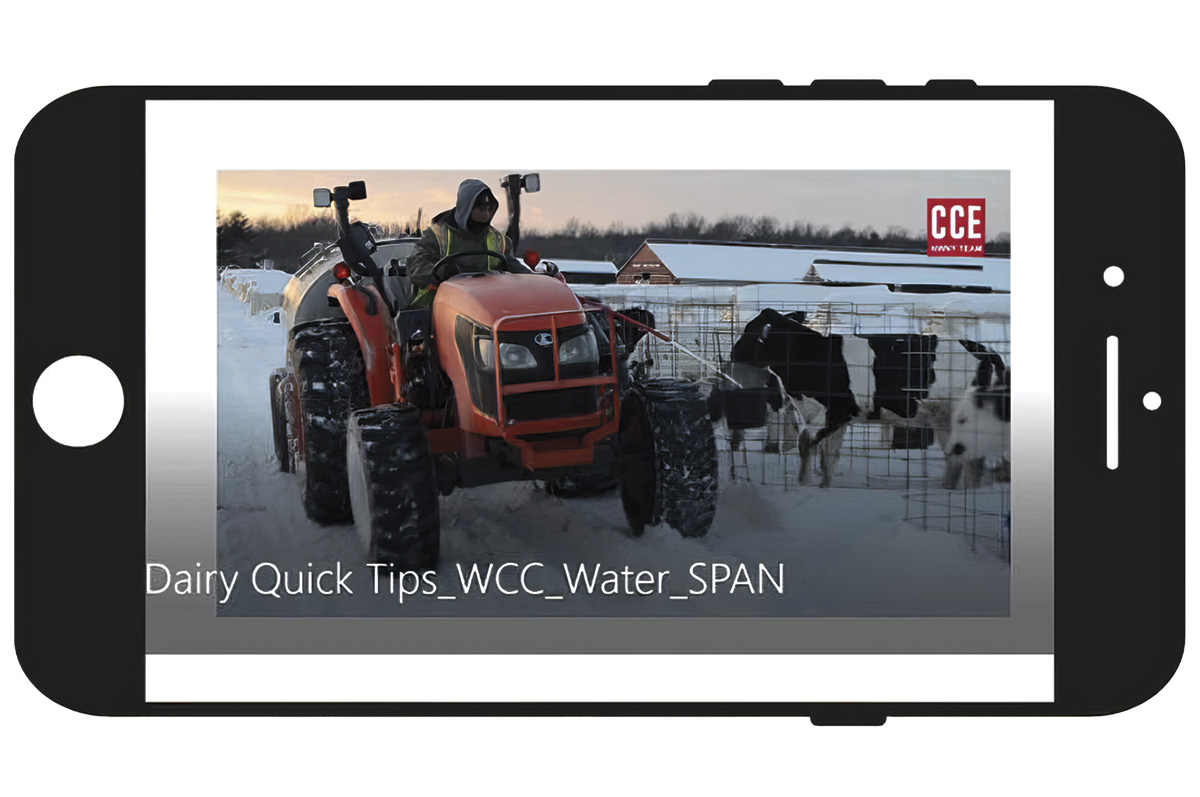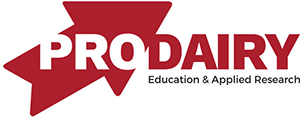Odds are if I asked about technology and regulations in place on your dairy you’d tell me there are significantly more of both today than 20 years ago. I would also guess you’re more interested in one than the other! Many states, and countries, are seeing rapid changes in environmental, labor, and animal care regulations. Along with these changes come new training requirements for employees to stay up to date and in compliance. The FARM program’s current version 4.0, for example, brought about annually required training in the areas of euthanasia, calf care, stockmanship, fitness for transport, and non-ambulatory cattle handling. Along with meeting regulatory requirements, effective employee training is essential to stay competitive in today’s dairy industry, where labor is short and margins are tight.
The objective of each new training requirement boils down to improved quality control: better dairy cull animals or less on-the-job injuries, for example. However, each new training requirement adds another task for managers who, in many cases, are stretched thin. This is where technology can help, including short training videos.
Showing a training video can be more efficient with less labor input than planning a training activity with your employees. The often-overlooked part is that there is no promise of increased quality. Training video technology must be implemented as part of an overall training program to maximize efficiency and effectiveness.
EFFICIENCY
For our purposes we’ll define efficiency as fast and cheap. When training employees on stockmanship, for example, Dr. Temple Grandin’s three-part series on animal behavior is easily accessed via YouTube. Without technology, you’d have to wait for Dr. Grandin to come to your area and pay a fee to see her speak. Technology also allows for flexibility. When a new night-shift milker is being trained, their supervisor is often unavailable due to the shift time. If the new employee is given a video to download on their phone of the milking routine, explaining what, how, and why, they can review this when questions come up. This can avoid protocol drift. Farms that utilize this type of training model report that their employees frequently go back to these materials for review.
EFFECTIVENESS
Did learning happen? Do your employees perform better after training? If yes, then we have effective training. The reason technology does not inherently lead to more effective training is because to be effective a few key elements must be in place: a focus on the learner and active participation. This takes understanding the employees' prior experience, focusing on what they need to know to meet the job objectives, and allowing time to ask questions. In our new milker example, a training video showing the parlor routine steps might be over the head of someone who has never seen a cow machine-milked (98 percent of new Hispanic immigrant employees). A general farm intro video would help this employee understand the bigger picture prior to diving into dip, strip, and dip.
It’s unlikely that videos alone will meet your training needs. You’ll need to support videos with in-person practice, opportunity to ask questions, and feedback from a live trainer or supervisor. Used strategically, training videos can improve efficiency and effectiveness of training.
EXISTING VERSUS CUSTOMIZED VIDEOS
Existing
The benefit of using existing training videos is ease. Industry videos are generally high-quality and relay reliable up-to-date information. However, they are not personalized. For example, most of the original stockmanship videos were recorded in the western U.S. in dry-lot pens. When showing these videos to employees working in confined freestall dairies in the Northeast, they struggle to relate to the material. So, when using existing videos, ensure you find one that best reflects your dairy.
A great place to begin when looking for quality training videos is the FARM program Resource Library. Another resource list is available on the CCE NWNY website. Both provide resources in English and Spanish.
CUSTOMIZED

As a self-proclaimed technology dummy, I can tell you that you don’t need to be very tech-savvy to make an effective training video for your employees. It does take some time and dedication up front to realize efficiency gains down the road. The benefit of customized videos is that the information is personalized to your dairy, so employee engagement with training increases. Dr. Noa Román Muñiz, Colorado State University, found through focus groups that employee engagement with safety training videos improves when co-workers are featured in the videos compared to industry professionals relaying the same information. This also gives the opportunity for one of your experienced employees to take on a new level of responsibility.
Dairies all over the Northeast are embracing on-farm training videos as part of their training program. Here are some of the systems and programs they are using:
-
Smartphone and Text. This is the most efficient, easiest method. Next time you train a new employee, set up your phone on a bucket and videotape yourself showing the employee the steps to the task. Text the employee the video for them to review later. Save your video to a cloud drive or download it to your computer and create a “Training Videos” folder for easy access. The biggest challenge with this method is capturing good quality sound as barns are usually very noisy.
-
Smartphone + Download and Edit. Editing your video with a software program allows you to add words and dub over sound that you captured with your phone. Commonly used software programs you may already have on your computer include: Video Editor, Adobe Rush, and iMovie. Other commonly used programs that offer more flexibility include: Canva, Camtasia, and Clipchamp. One nice feature of Clipchamp is that you can “voice over” in various languages, making bilingual videos an easier task.
- Surveillance camera footage. If you use surveillance cameras in your parlor, feed alleys or maternity, this footage can be used as a great training resource.
An example training program incorporating videos:
- Day one: Tour farm, watch milking routine video, and milk with designated trainer
- Days two and three: Supervisor check-in to address any questions and supervisor offers employee feedback
- Day seven: Re-watch milking routine video, take a quiz, and discuss results with supervisor
In the next weeks to months, videos build upon needed skills such as mastitis identification. Quality Milk Production Services has created procedural videos related to milking parlor tasks that can be found at dairyroutines.jimdo.com/.
Organizing training materials for easy access is essential to maintain efficiency. Learning management software such as train tracTM is an excellent option to organize resources and documentation, but free resources such as Google Classroom can also be used successfully. Lastly, don’t forget to update videos as needed to reflect protocol changes.
 |
This article appeared in PRO-DAIRY's The Manager in July 2023. To learn more about Cornell CALS PRO-DAIRY, visit PRO-DAIRY. |





